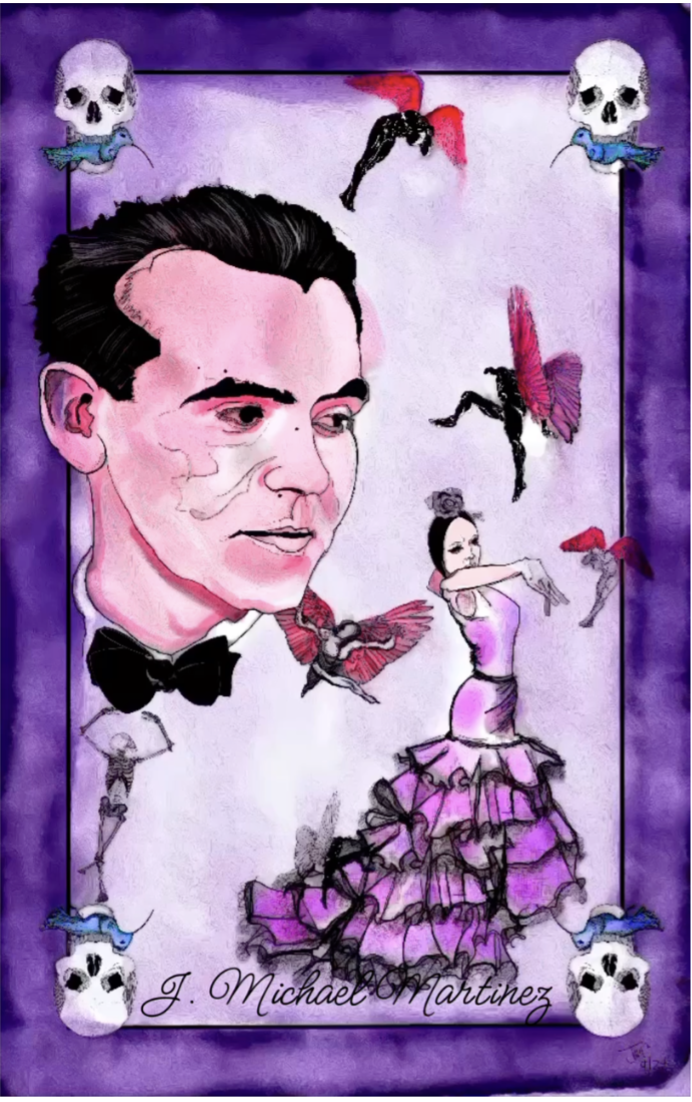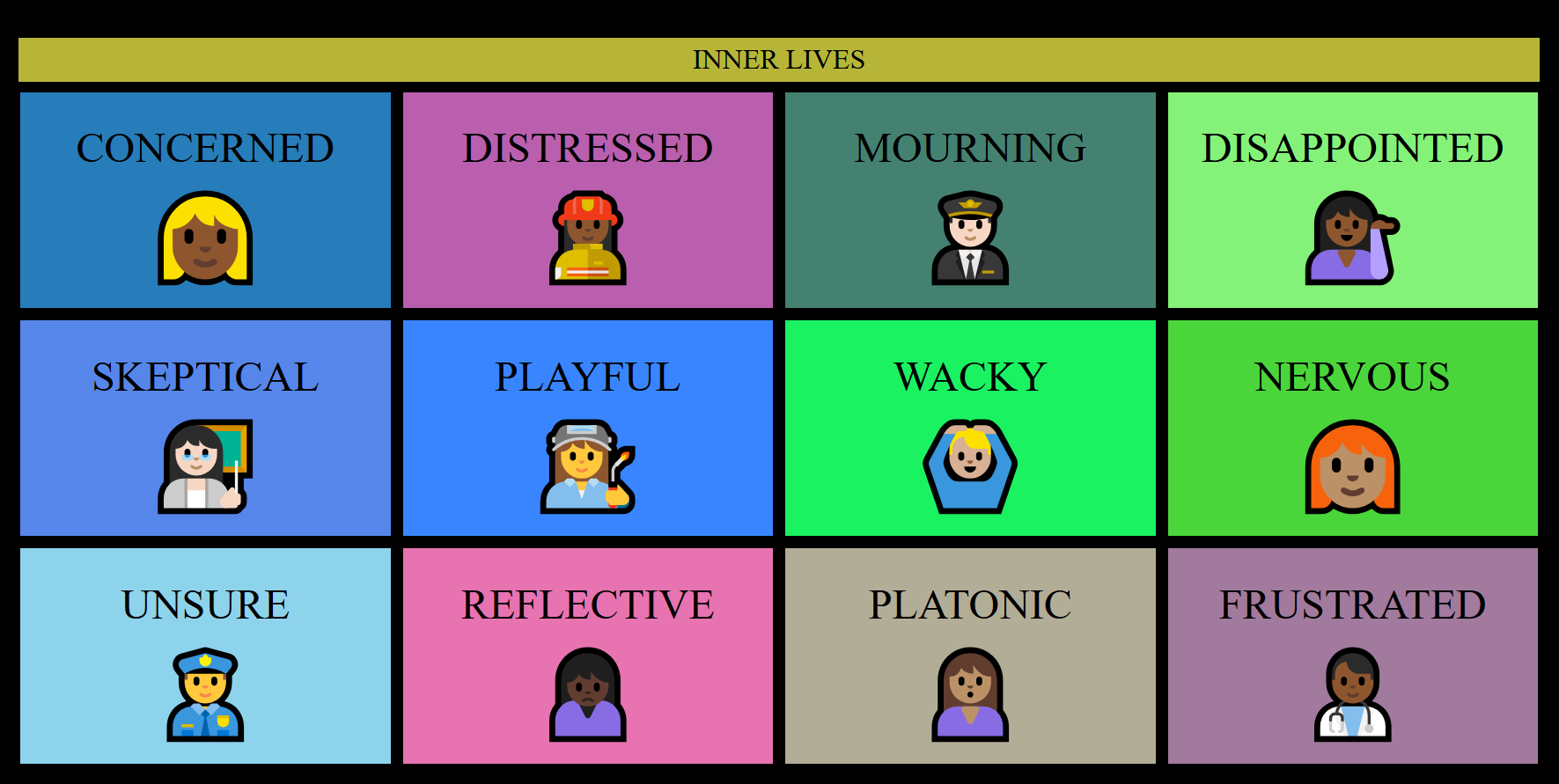
For this autumn 2021 issue, The New River is excited to include an interview with writer and artist Dr. Lillian-Yvonne Bertram.
Dr. Lillian-Yvonne Bertram is currently an Associate Professor in the Department of English at the University of Massachusetts-Boston. They are the author of four collections, as well as multiple chapbooks, a multimedia artist book, and multiple digital projects. Most recently, they published Travesty Generator, which was a finalist for the National Poetry Series, the winner of the 2018 Noemi Press Poetry Prize, and longlisted for the 2020 National Book Award. Naming Travesty Generator as both trailblazing and genius, Cathy Park Hong says that Bertram “re-engineers language by synthesizing the lyric and coding script, taking the baton from Harryette Mullen and the Oulipians and dashing with it to late twenty-first century black futurity.”
* * *
I’m incredibly grateful to talk with you. The New River is bringing back interviews in its issues, and it’s wonderful to begin by featuring you and your work. First of all, how have you been?
I’ve been very busy! The majority of my work right now is program administration, which is a job that has no off-hours. I’ve been especially busy doing that sort of work during the pandemic. Trying to do all of that, and write, and achieve a good work-life balance means my life is hyper-scheduled, which is also exhausting.
Your most recent book Travesty Generator not only won the Poetry Society of America’s 2020 Anna Rabinowitz Prize for Interdisciplinary Work, but also was longlisted for the National Book Award. The collection uses code poetry to challenge the systems of violence faced by Black people and especially Black women, while also speaking to the algorithmic commodification of Black experience. In the statement at the end of the text, you discuss the concept of the “unimagined programmer.” Would you be willing to talk a bit more about that concept and how it informs your work?
This concept comes directly from the poet Harryette Mullen, who referred to herself an “unimagined reader” of texts that were not written with a reader like her mind. There were innumerable texts written by people who never imagined that Black women would ever be able to read, thus it’s an interesting experience to read those texts when you’re a reader who was never imagined into existence. I think to some extent the same holds, or held true, for computer coding and programming. Who were the people imagined to be coding and programming for the “rest of us”? Were those people Black women? Probably not. So I think of myself as unimagined because I moved into this space as an unimagined actor. I think a lot of that has changed culturally, with the rise of organizations dedicated to getting Black folks and minorities involved in coding and programming. For me, I was also unimagined to myself. I did not think it was something I could do, so I set out to imagine what it might be like if I could, and this book is the result.
I’m also wondering what aspects went into the decision of when to–and when not to–include the underlying poetic code for certain poems in Travesty Generator (here, I think of “@Tubmans_Rock”).
Ideally, I would have included all of the code (the base structure of most of it is available via Nick Montfort), but as a novice programmer, I wasn’t keeping track of the versions of the code as I changed them, nor was I adequately saving or backing up my work which spelled disaster, as it does, when the charging port on my tablet computer became clogged with cookie crumbs and that was the end of that computer, along with code versions that had been saved to hard disk. The only one I really had access to anymore was Tubman’s Rock. Lesson learned. Now I work in the cloud and have a better handle on version control.
One of my favorite digital/screen-based pieces that you’ve done is “I Dream of Creating an Intelligent Machine.” It’s composed of this poetic architecture (or even enclosure) that seems to have exploded outward. Its terrain, at least on a digital screen, almost feels as if it could have been created by the ‘intelligent machine’ it describes, with its flips and turns. Could you talk about your process in developing this piece?
What’s not stated about this piece is that it’s mostly generated text, and it’s been generated out of “conversations” with a text-generating neural network. The documentation of the actual conversation is long gone, but I was asking it questions about itself and of course, asking it personal questions as it were some kind of Magic 8 ball. In some cases I think I fed the generated text back to it and so you get this kind of recursive conversation about machines, with a machine. More than anything this piece was an experiment in this sort of 3D environment. It was intended for mobile viewing and more text would be revealed as you, and the phone, turned in certain directions. So this “architecture” initially housed different text that would ask or tell the viewer to move their body in space. But then, IPhone or whatever updated certain settings and uses of the accelerometer, and the code stopped working because it couldn’t get past the privacy issues associated with that, or something. I tried work-arounds in the code but I could never get it to work, and thus abandoned it. That forced me to turn it into something else though someday I might try to get it working again in its original mobile form. Something that did interest me in the reconstituted version was this idea of text that looks like it should be visible, like you could “arrive” at it, but no matter how you turn or move or manipulate the cursor, it’s always just slightly out of view. You can’t get a better angle from which to look. In that way it’s responsive to, but also dismissive of, attempts at total legibility or user experience.
This idea of a “poetic architecture” also leads me to think back to the forms used in Travesty Generator. In some ways, the poems might be described as formal in that they are couched in these refined and repetition-oriented programs (even while they’re highly experimental). How has writing Travesty Generator and working with code poetry impacted or extended your relationship to form?
I would say that it has done both—impacted and extended my relationship to form. In some ways I think much more about repetition as a form that doesn’t need any specified rule for it to be impactful and effective. I think more about how a line, sentence, stanza, are put together, one letter at a time. I also think about the repetition of sounds and visual elements, or the repetition of letters or combinations of letters. Structures of combinations become their own kind of form, and I find myself doing more experimenting with how I can combine letters in words, words in a line, and so on.
I’m also interested in this mentioned paradox of eternal and ephemeral, which feels central to the practice of digital creation, wherein content both “lives forever” and is constantly under threat of outdatedness or defunctness (as with Adobe Flash). I’m wondering what your thoughts are on the different temporalities of the printed collection, the art object (such as your project Grand Dessein), and screen-based digital work.
Sometimes the websites stop working and I don’t hear about it until someone emails me saying they can’t access it. I am sure that at some point, they will just stop working altogether and I won’t be around or have the wherewithal to figure out the problem. But you know what is around, and still working? Books. Paper. Books and paper have remarkable longevity and an ability to extract information from them without (too much) specialized machinery. But what would you do, today, with a mini disc or a zip drive? I make digital work with the understanding that it’s perhaps more fleeting than a printed object. In the case of Grand Dessein, I took protections against the elements by coating much of it in beeswax, because water and humidity is hard on books, on paper. I wouldn’t be surprised if that outlasts any digital project I make. What keeps the websites running are web hosting servers, and what keeps those running is money. If I don’t want to set up a server or pay for hosting, then the project is just for me, and eventually I bet it will be lost to me as well. I accept that.
* * *
Interviewed by Amanda Hodes for The New River’s Fall 2021 issue
















